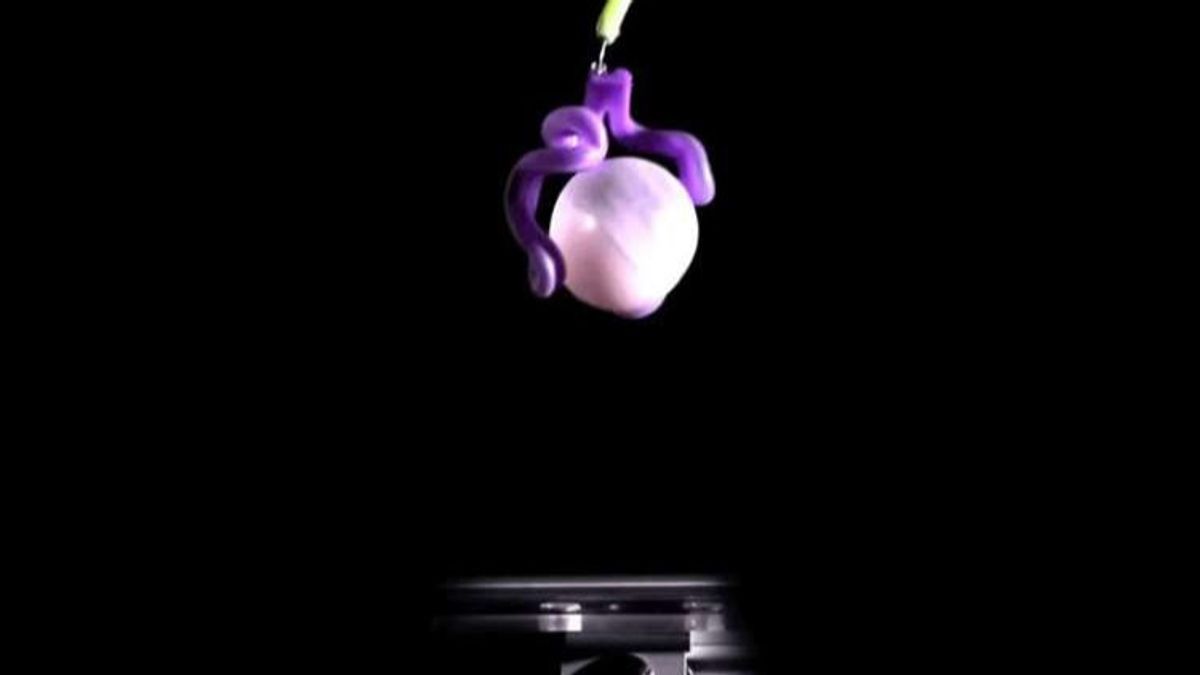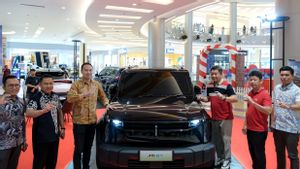JAKARTA - Robots from what we usually know have stiff bodies, now scientists have succeeded in finding ways to make robots soft or flexible, making robots much more useful for helping human work.
The robot's new abilities are useful for interacting with humans, such as shaking hands, holding fish, and being able to pick up balls. This is different from conventional rigid robots, soft robots are naturally directed to interact with soft objects, such as humans or tomatoes.
According to scientists, these robots could make them much more useful for growing food, retrieving goods, or providing health care.
The robot is built by injecting bubbles into a liquid polymer called an elastomer and becomes rubbery when it hardens, then inflating the device to make it bend and move. Gravity helps the bubbles rise to the top as the elastomer reaches the bottom.
Then after hardening, it can be removed from the mold and pumped. Developing a robot is not an easy task, scientists must control how the robot stretches and deforms through their actuators (components that control movement) more challenging than with rigid robots, because they can potentially change an infinite number of times.
Factors such as the thickness of the elastomeric layer, how fast it settles, and how long it takes to harden all affect how the robot will move. These actuators can also be several meters long, with features as small as a human hair.
"In addition to air, robots can also be activated using magnets, electric currents, or changes in temperature and humidity. Predicting how this robot will work is done using simple equations that anyone can use," said a chemical and biological engineer and researcher at Princeton University. , Trevor Jones as compiled from The Independent, Thursday, November 11.
Now, researchers have created star-shaped hands that can grip blackberries, circular muscles, and fingers that can curl one at a time. This is not easy, bubble casting only sees noticeable success for a few meters from a tube filled with elastomer, and excessive inflation can cause it to pop.
"Failure was quite catastrophic. But now robotics can really be explored," explains Jones.
The researchers hope to further develop these robots that will move together in successive waves like millipedes, or that contract and relax from a single source similar to the human heart.
The English, Chinese, Japanese, Arabic, and French versions are automatically generated by the AI. So there may still be inaccuracies in translating, please always see Indonesian as our main language. (system supported by DigitalSiber.id)













